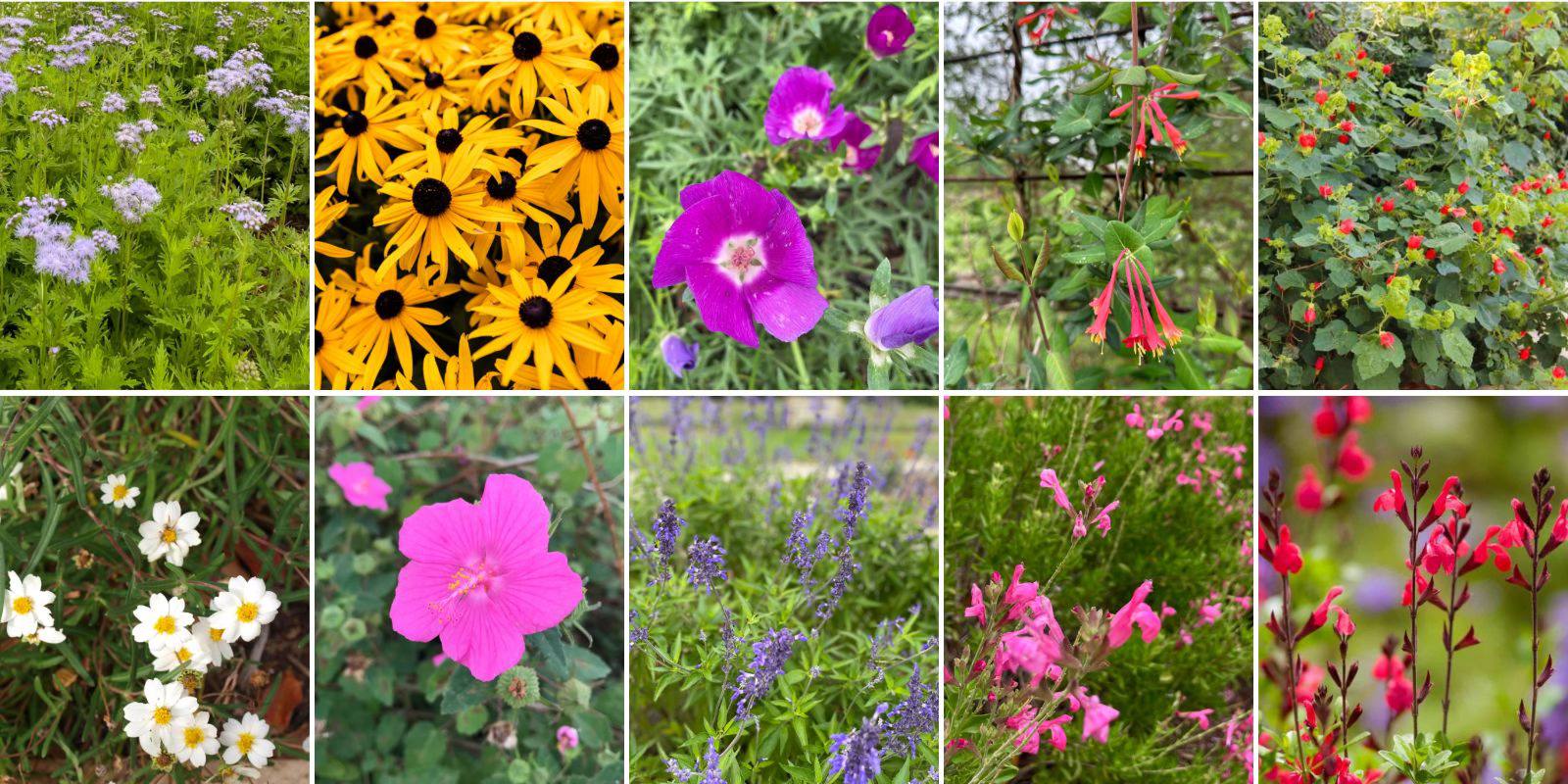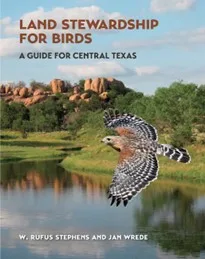Find a Chapter
About the Chapters
Members of the Native Plant Society of Texas are encouraged to join and participate in our local chapters.
Local chapters across the state help promote the Native Plant Society of Texas mission while providing a social context which many members enjoy. Each chapter chooses projects according to the interests of their members, and organizes local field trips, meetings, plant sales and other events.
Chapters enjoy the strengths and legal benefits of being one incorporated non-profit organization. Our state office handles common administrative work and is the center point for statewide programs.
If there is not a chapter in your area, please consider starting one. The state office will provide support.
Chapter Map
We have chapters in many areas of the state.
Use the map below to get a general idea of where chapters are located.
Use the checkboxes in the upper right corner of the map to view the cities (Chapter pins), counties (counties served by a particular Chapter), or Ecoregions (Level 3 Ecoregions) where the Society has active chapters.
Chapters do not limit their membership to any particular city or county. Many members live outside the city or county that their chapter serves. Some members actually choose to join chapters not based on geography but because the meeting time is convenient to them or because it’s easier to get to. Members may join and participate in any chapters of their choice.
Chapter List
Chapter News & Announcements

H-E-B native plants on sale
We are beyond excited at the response to our latest collaboration with H-E-B to get native plants to their stores and to the larger Texas community. To the best of

Land Stewardship for Birds
May 28, 2024: Presentation by Rufus Stevens. Land Stewardship for Birds: A Guide for Central Texas
Chapter Meeting, May 7
The meeting will start with a social time at 6:00pm, at the Cibolo Nature Center Auditorium. Announcements will begin at 6:45pm, followed by the presentation. For the social time, please

May 1 Lakes & Pines Chapter Meeting: Dairy to Prairie with Julie Mattox
Come hear Julie’s story about how she developed a passion for restoring the tall grass prairie.

April 23, “Get Real” Garden Design with Native Plants
“I’ll show you practical ways to build gardens that will enhance your property and be less work as time goes by,” noted Paula Stone. “I once heard someone say that, ‘The gardening should get easier as the gardener gets older.’”
Paula Stone, Vice President of the Fredericksburg Chapter of the Native Plant Society of Texas, will share her extensive knowledge about landscape design using native Texas plants on April 23 from 6:30-8 p.m. at St. Joseph’s Halle, Fredericksburg.
Big Bend Plant Sale April 27
The Big Bend Chapter plant sale is coming up on April 27, 2024. For more information and a list of available plants please see our Plant Sale page.
Guadalupe Chapter
Chapter Monthly Meeting Schedule Guadalupe Chapter Monthly Meetings include a Social at 6:30 PM, a Presentation at 7PM, followed by a Business Meeting. There are nine Monthly Chapter Meetings and

Deedy Wright’s Resources for the Austin Area
Our chapter was fortunate to have Deedy Wright speak to us about invasive plants and better native alternatives, and about how to use natives effectively and successfully in your landscape.

April 2024 Plant of the Month
This spring has been a very good time for our most common milkweed.Click on the plant below for more details


